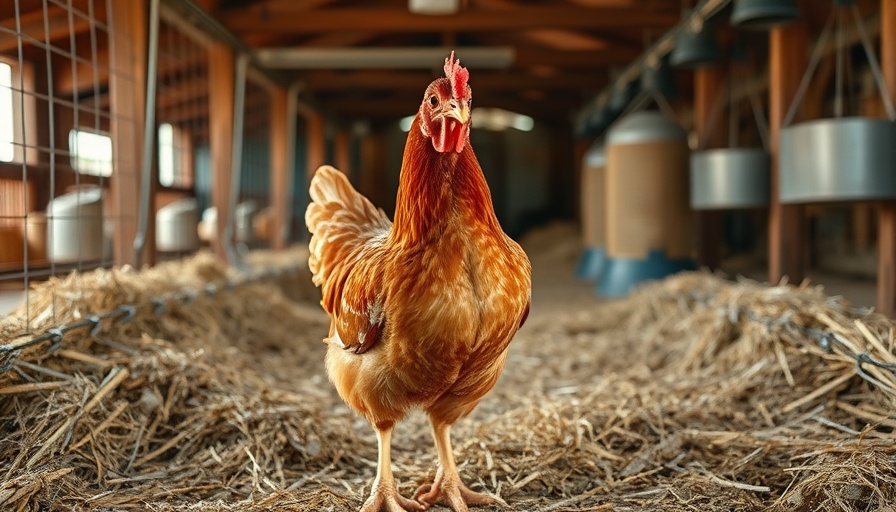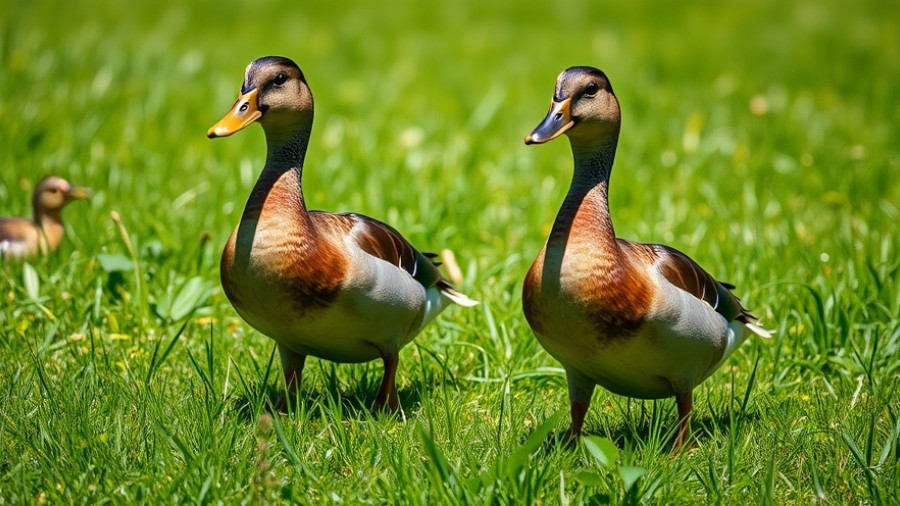
A Rising Threat: The Impact of Bird Flu on Chicken Populations
The challenge of bird flu continues to intensify, with over 30 million poultry birds culled across nine states in 2025 alone. This alarming trend signals a resurgence of a public health threat that not only affects animal populations but also has far-reaching consequences for food supply and economic stability.
Current Outbreaks and Their Consequences
Ohio has recently reported a new outbreak of bird flu, raising concerns as it experiences its highest losses this year—with 13.5 million birds affected. The Department of Agriculture confirmed 41 outbreaks affecting egg-laying flocks in states including California, Iowa, and North Carolina, emphasizing the widespread nature of this crisis.
Egg Prices and Consumer Impact
These outbreaks have led to a significant shortage in egg supply, causing prices to spike earlier this year, before beginning to stabilize. The average wholesale price of eggs dropped to $3.13 per carton from an earlier high, demonstrating a reaction to the reduced demand from consumers. As noted by officials, while egg prices have eased, they remain inconsistent with normal purchasing trends, suggesting ongoing volatility in the market.
The Government's Response: A $1 Billion Initiative
In response to this ongoing crisis, the Department of Agriculture has initiated a $1 billion plan aimed at addressing the challenges posed by bird flu. This funding underscores the urgent need for intensified research and intervention strategies to safeguard both poultry and public health. Governor Mike DeWine’s calls for the federal government to accelerate these efforts reflect the pressing nature of this outbreak.
Looking Ahead: The Future of Poultry Health
As new strains of bird flu emerge, such as the D1.3 strain reported in Ohio, it is critical to consider both prevention and containment strategies moving forward. Public health authorities and the agricultural sector must work together to develop actionable protocols and monitor the health of poultry stock more closely, ensuring the safety of our food supply.
 Add Row
Add Row  Add
Add 




Write A Comment